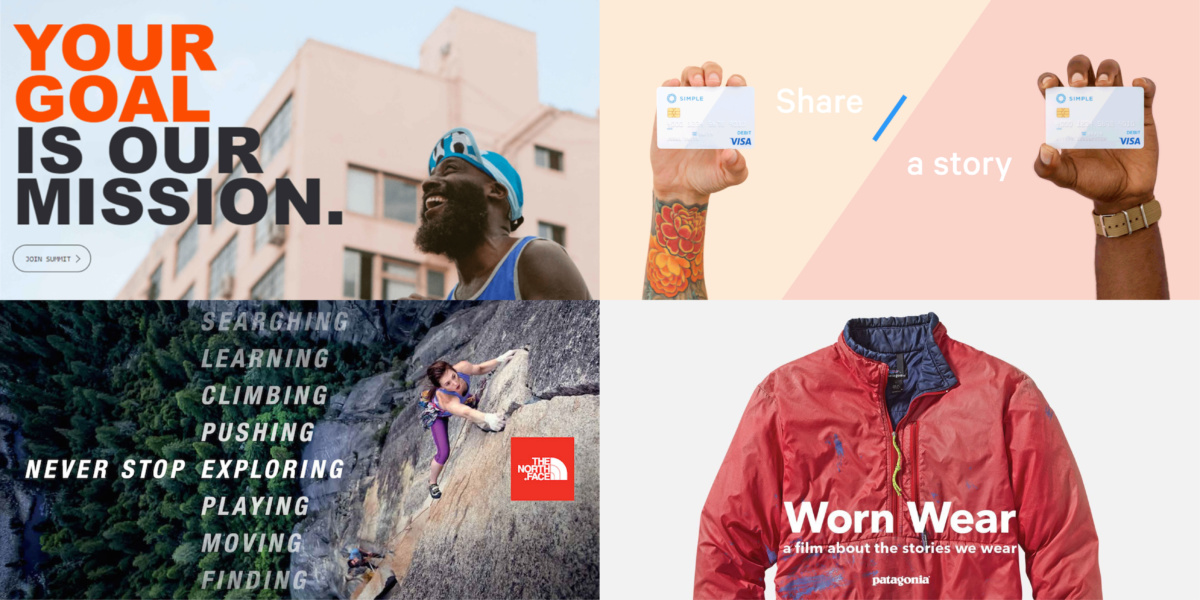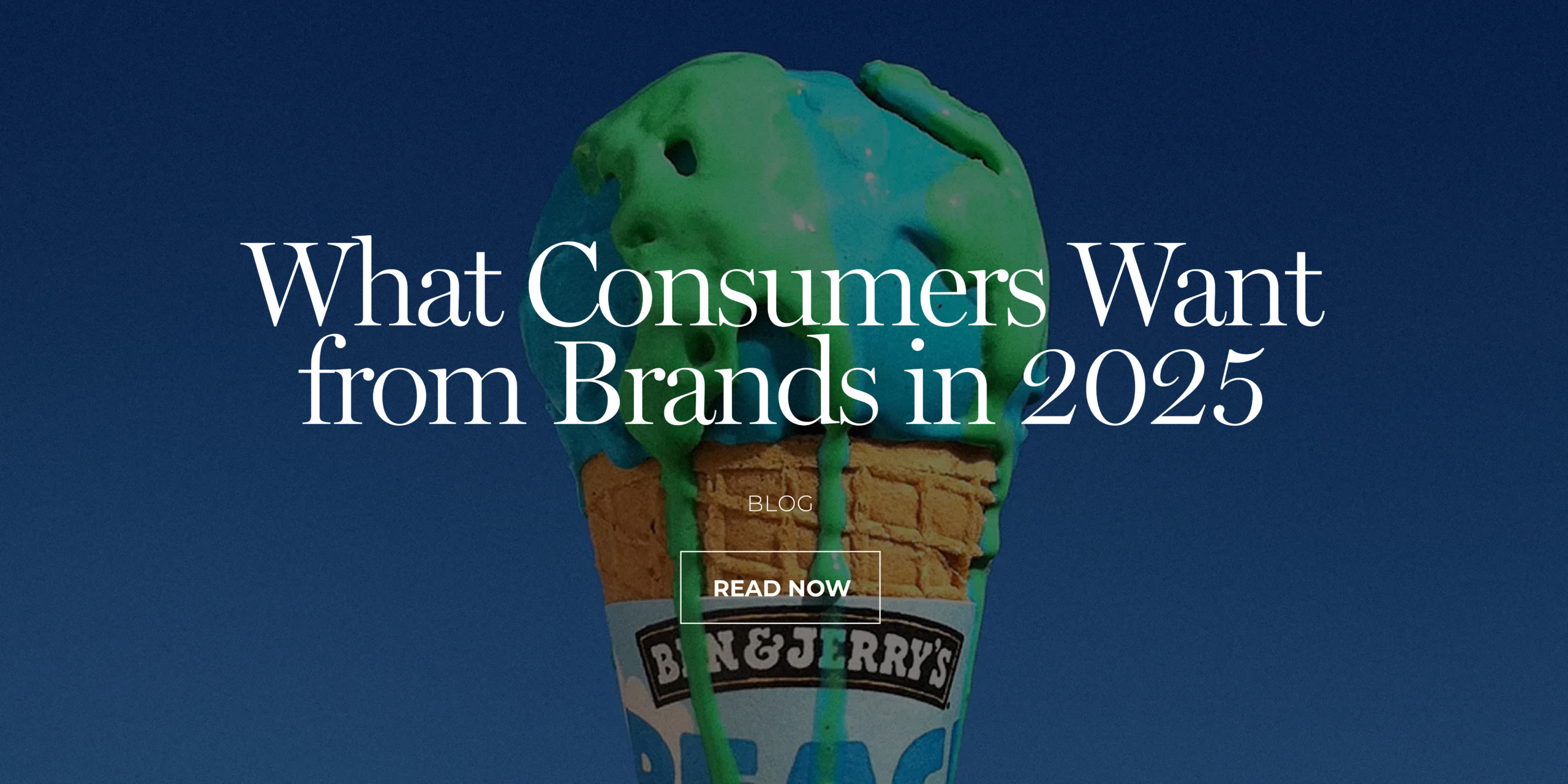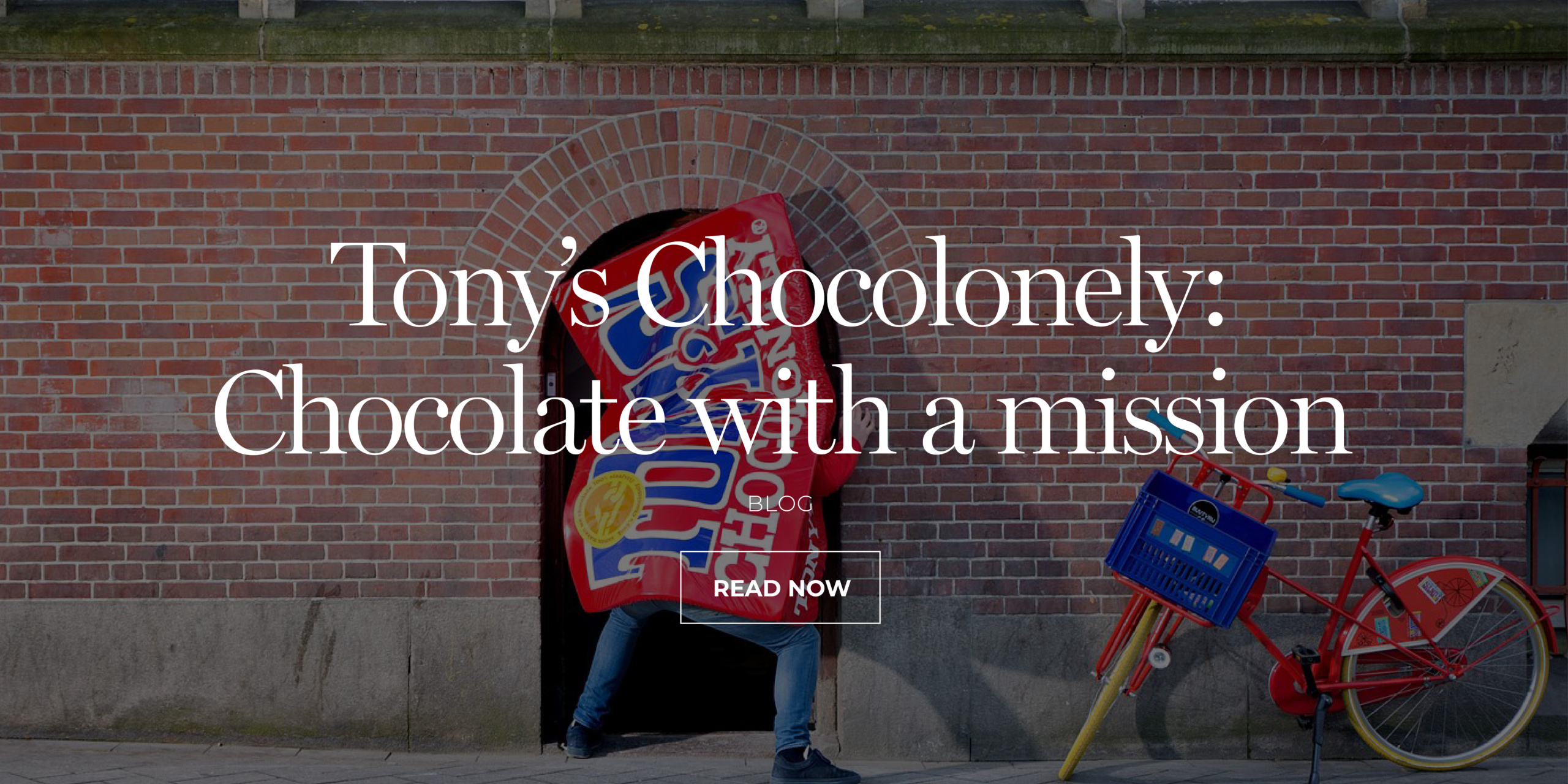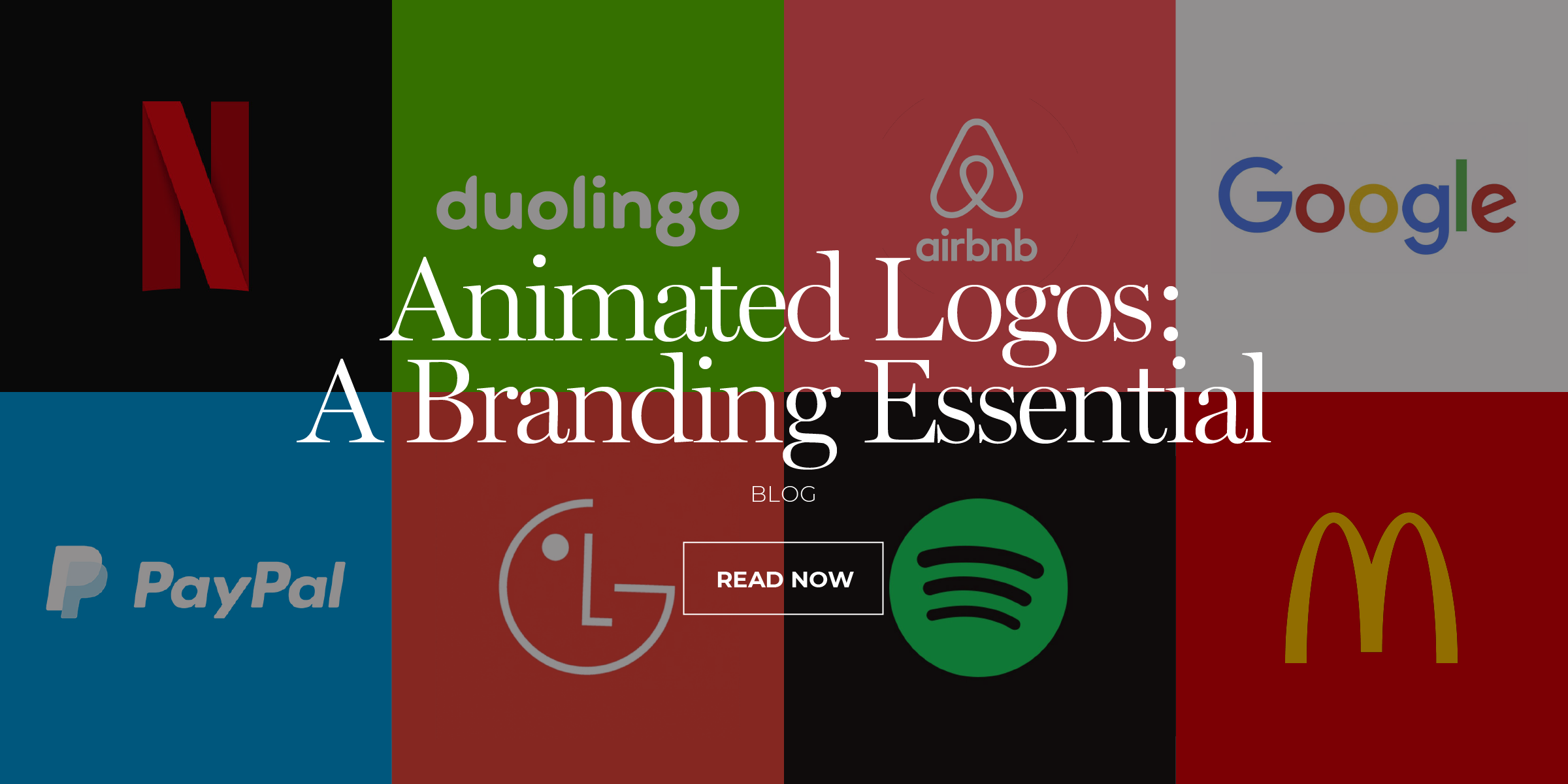1. Brands that don’t shy away from political issues
In the internet era, brands can no longer afford to stay silent when it comes to politics. Brands that aren’t afraid to take a strong political stance on a relevant issue are much more appealing to modern consumers. After all, consumers view the brands they associate with as a reflection of their own personal identity. 87% of customers buy from organisations that share their cause. Products are no longer just commodities, but statements.
This isn’t to say that consumers aren’t smart enough to single out when brands attempt opportunistic cause marketing. The commitment has to believable, and come from more than just a desire to improve your brand image. A good example of a brand doing this well is Patagonia. With a history of donating to environmental causes, the outdoor apparel brand cleverly condemned Trump’s highly-publicised tax cuts by donating the $10 million it saved from them last year to environmental groups.

The Cone Communications CSR Study put it best – to win consumer support, “companies must now share not only what they stand for, but what they stand up for.”
2. Brands that allow them to express their values
Consumers increasingly think of themselves as brands. Social media platforms have risen in power beyond the constraints of the digital world. With social influencers earning up to $250k for a single post, the average individual is ever conscious of the impact their personal brand on social media may have on real-life success.
Consumers are not only choosing brands whose values align with theirs, but they also want to be able to express these values clearly to the outside world.
The implication this has on brands is twofold. First, consumers are increasingly aware of the way brands articulate their values through their customer touchpoints. It has never been more important for brands to have carefully articulated values and tone-of-voice. This is because, secondly, consumers want other people to know what they stand for through what they choose to consume. Consumers want to be able to show they support the environment, women’s rights, or animal rights, for example, through the makeup they wear or clothing they buy.
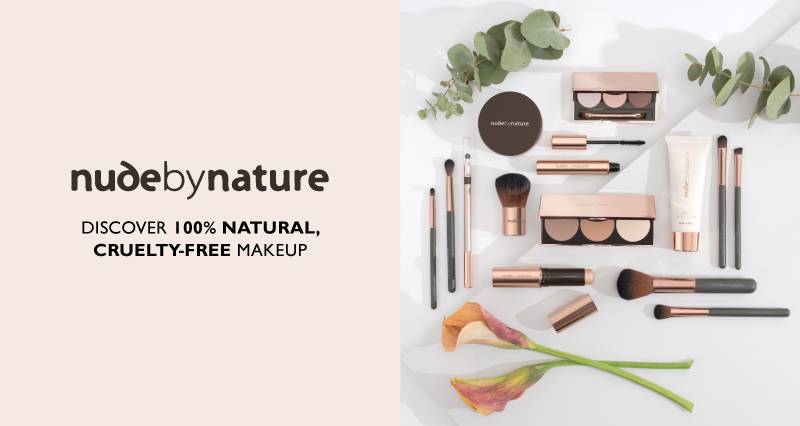
Nude by Nature is a makeup brand whose point of difference is their PETA approved formulas and 100% natural ingredients. However, they don’t skimp on their lux, rose gold packaging which is clearly tailored for their aesthetically-conscious consumers keen on posting their daily routines on social media.
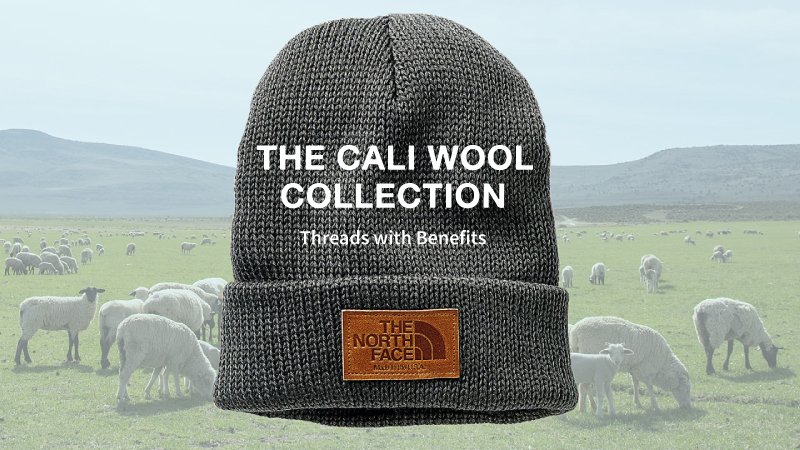
Similarly, The North Face, a premium, mass-market sporting and outdoors brand, now offers their Cali Wool collection which boasts a negative net carbon impact. This range offers the perks of environmentally-centred design without sacrificing the high-end, rugged look their customers want to show off.
3. Brands that champion the new definition of luxury
In addition to thinking of themselves as brands, many consumers now think of themselves as businesses. Heightened demands on our attention and the rise of remote work have sparked a constant battle to find space between work and leisure. This has contributed to a rise in the importance of self-care.
How consumers spend their most valuable resource– time – is greatly impacting the way they interact with brands. More and more, consumers are looking for brands that empower them to take care of themselves. This is evident through the rise of fitness, wellness, and productivity apps and products.
But this trend also extends beyond those particular platforms.
Consumers want brands that encourage them to live a healthier lifestyle and spend time on themselves.
Euromonitor suggests that consumers are beginning to see social media engagement as another obligation that requires time and energy. The phrase “JOMO” or “Joy of Missing Out” has been used to encapsulate the pleasure in spending time alone or resting. Consumers are drawn to brands that help them increase this “rest” time through software and holistic brand communications.
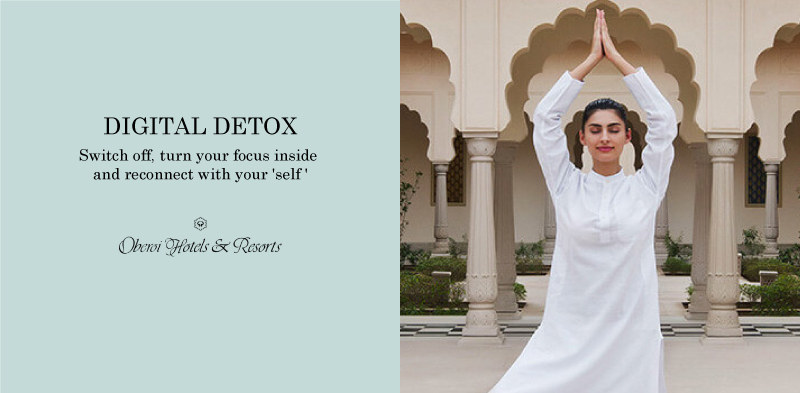
Oberoi Hotels in India is creating experiences where people can pay to do nothing. Their “Digital Detox” packages offer customers time away from their devices and more time in mindfulness, meditation and spa treatments. These kinds of getaways are increasingly being marketed as a luxury experience and come with a hefty price tag.
4. Brands that provide a compelling experience
Times are changing, and customers are growing tired of brands relentlessly pushing products upon them. People, particularly younger generations, are opting to spend their money on experiences rather than material things.
And for savvy brands, this is okay. In fact, it may even be good news. Brands that can offer consumers the consistent and compelling experience that they desire can differentiate themselves from the rest of the competition. Thankfully, the affordances of digital technology make this a viable option for all brands. Much of what elevates a brand experience is through personalisation – what better way to make the consumer feel special, or like a particular product or service was tailor-made for them?
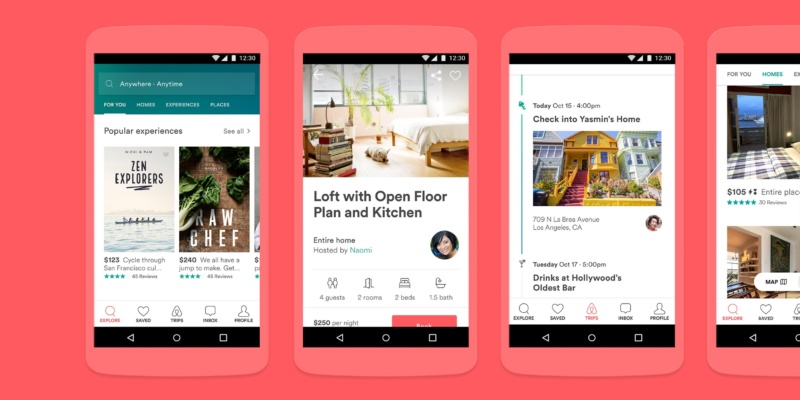
Consumer power grows.
Of course, with growing market choice and brands becoming increasingly willing to personalise services to their needs, the power of the consumer will continue to grow into the new decade. Companies like Airbnb and Uber have built their entire brand on the demand for convenience, and much of their rapid ascension can be attributed to carving out a niche within the new and growing ‘experience economy’. Brands that embrace this shift in what consumers want and integrate it into their products and services instead of trying to wrestle back control will be poised for future success.
5. Brands that seem more human
It goes without saying that people want frictionless interactions with the brands they choose, whether it’s a bank teller or the user interface of an online checkout. The speed at which communication is conducted, paired with the tech capabilities we currently harness, have conditioned customers to expect that level of ease in all of their brand interactions.
Beyond intuitive design, however, customers are looking for brands that encourage them to be the best versions of themselves– like a good friend.
While there will always be a place for aspirational brands, in 2020 consumers are looking for brand relationships that feel less robotic and more real – regardless of whether they are purchasing an FMCG or luxury good.

Going beyond transactional relationships is extending even into the world of transactions–banking. Simple Bank is an online banking service that features an easy-to-use, friendly design that encourages you to save money. Like a cooler, smarter best friend, this brand helps its customers feel like they are being supported practically and emotionally in their fiscal endeavours. This is the kind of brand-consumer relationship many companies should be striving for.
6. Brands that foster communities
In an attempt to humanise the nature of their relationship with consumers, brands are increasingly encouraging interaction online. Communities for specific interests are something that consumers are looking for with more frequency. Brands that support and contribute to these conversations can leverage the positive attitudes held towards brands and appear more transparent. Creating and leveraging this community where there previously was none is something that healthcare, law, and government brands are starting to implement.

The rise of re-branded cities and towns highlights the renewed focus on fostering a uniform community experience. The city of Ballarat, for example, refreshed its identity with the goal of appealing to a new generation of residents, business owners, and tourists.

Strava, a social fitness network initially created to help map rides for cyclists, has evolved into a social support system where cyclists, runners and swimmers can now access additional paid support services to help them achieve their goals.
7. Brands that support local authenticity
Consumer interest in locally-made products continues to trend upwards. People are growing tired of the globalised clamour of products crowding the market, and are yearning for the authenticity of local goods.
In addition to being increasingly concerned about where their products come from, consumers want products that are unique. 2020 will see consumers show more interest in one-of-a-kind goods that fall somewhere between mass-produced and luxury-imported.
Following the inundation of mass-produced goods, it feels good to buy local – and for brands that display a commitment to sourcing and supporting local businesses, this can only be good news.

Consumers want higher quality, differentiated offerings to convey a certain level of status.
The restaurant industry shows the rise of this interest in hyperlocal products especially. Melbourne-based restaurant, Attica, embraces produce and dishes inspired and sourced by food indigenous to Australia. It’s global acclaim and 3-month-long waitlist are proof of the allure of a unique gastronomic experience that is hyperlocal.
8. Brands that treat customers as the expert
Consumers are relying less on brands for information on the quality of the products and services they offer. People are instead turning to each other for recommendations, and spending more time reading forums and watching reviews before making a purchase decision. Moving forward, brands will be required to find ways to counteract negative reviews, showcase positive feedback, and encourage their consumers to upload impactful content.
Consumers that successfully position themselves as the experts on brands (through social media or otherwise) are becoming entitled to a greater number of perks than they were before. Brands have become be more willing to give products away, through the form of discounts, free gifts, or special offers in order to increase word-of-mouth. Influencers, more than ever before, will play a critical role in this word-of-mouth (WOM) economy.
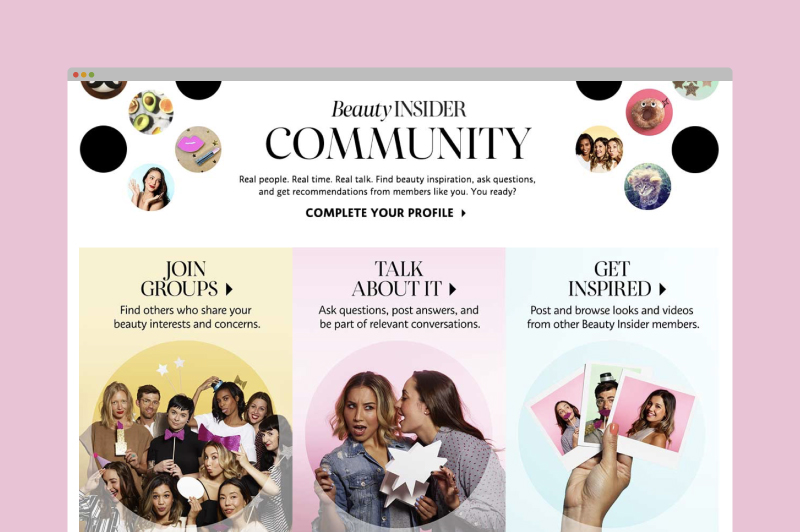
In the confusing world of cosmetics and skincare, beauty giant Sephora has made it easier for customers to connect with each other to alleviate the anxieties a person may experience buying $85 foundation. They’ve created the Insider Community so that people with similar skin tones, types, and preferences can find and learn from each other.
9. Brands as ethical teachers
With the plastic-free movement practically inescapable, consumers are looking to brands to take the lead in teaching them how to live more sustainable lives. Other similar trends showcase this latent but emerging interest in ethical brands – more and more people are choosing to go vegan for a couple of meals a week, the number of people choosing animal-friendly or plant-based products is increasing, and people are looking for packaging that tells them where something is from.
Along with looking for brands that align with their personal values, consumers want transparency and ease-of-use in striving to make more ethical consumption choices.
Yvy is a Brazilian-based cleaning company that teaches its users how to clean with their water-saving, environmentally friendly cleaning solutions. They take it on themselves to show consumers how to adopt sustainable habits and reduce their environmental impact.
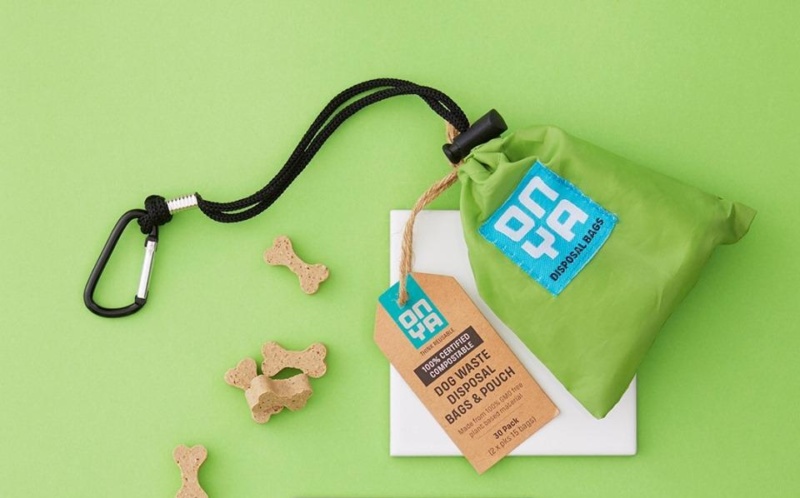
Other companies like Onya make products dedicated to helping people ditch single-use plastic products. Such products and messaging encourage customers to make ethically responsible choices more and more regularly throughout their daily lives. Their blog is a large component of their brand communications, featuring advice and tips on how to live more sustainably.
10. Brands with inclusive/compassionate design
Experiences that are designed for mass-market are becoming more inclusive of differently-abled groups that were previously ignored. More awareness and an increased vocalisation by marginalised groups has pushed companies to create products and services that cater to these individuals. While brands may use this as a tool to improve their public image, staying informed about compassionate design will ultimately prepare them to anticipate needs and market trends before their competitors.
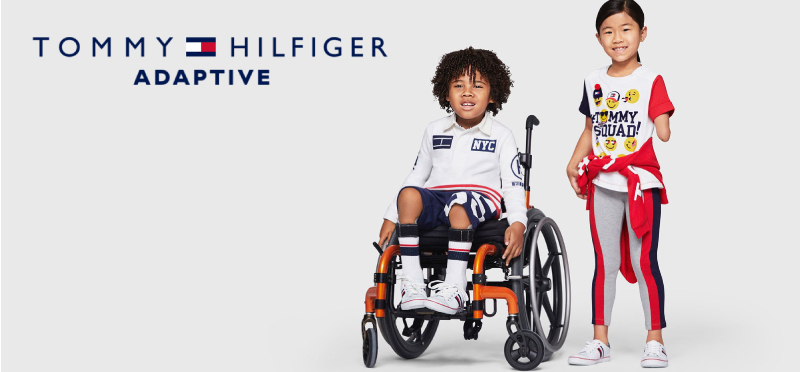
Large, multinational retailers, Target and Tommy Hilfiger, now offer a range of adaptive children’s clothes specifically designed for children with certain sensory, mobility, and/or medical needs. These ranges of adaptive clothing feature the same aesthetics as the mainstream ranges, and more importantly, they feature a similar price tag. Target and Tommy Hilfiger’s mass-market capabilities have enabled them to increase the accessibility of necessary daily items for a group that was previously overlooked.
Interested in what consumers want to see from your brand? Book in a free strategy session with our strategy experts below!
